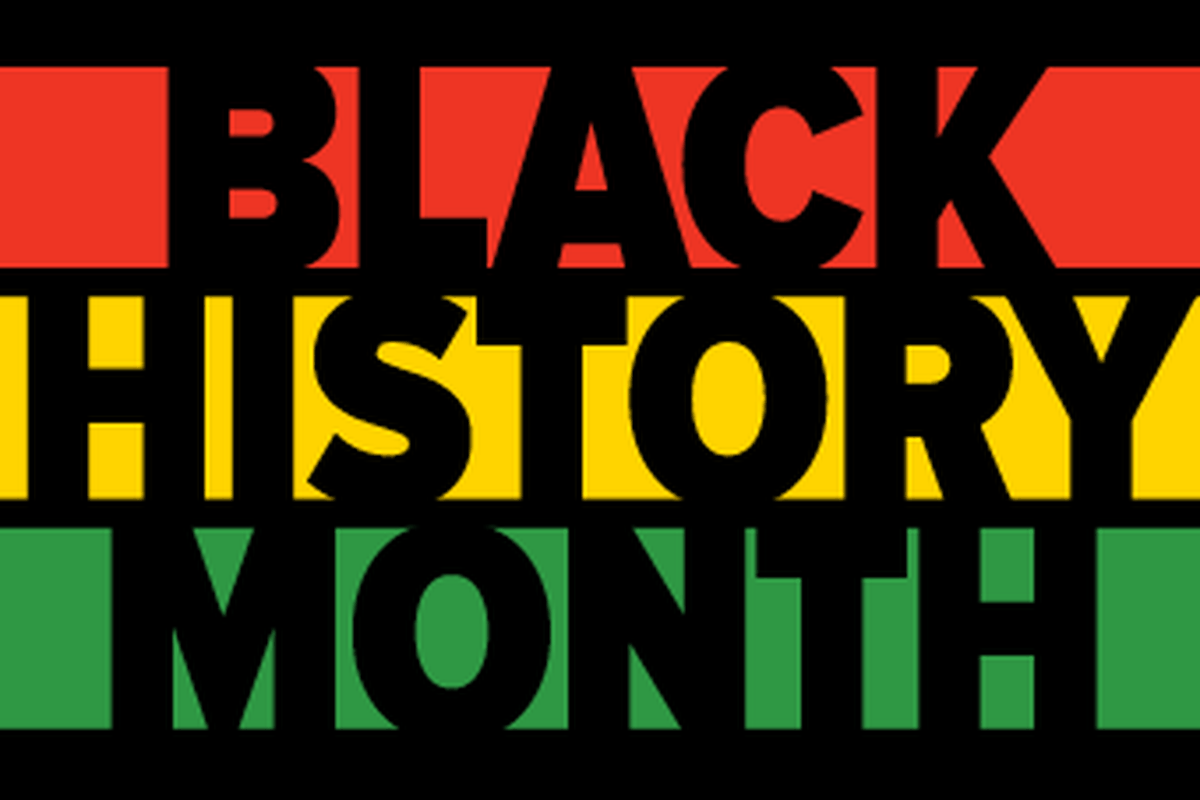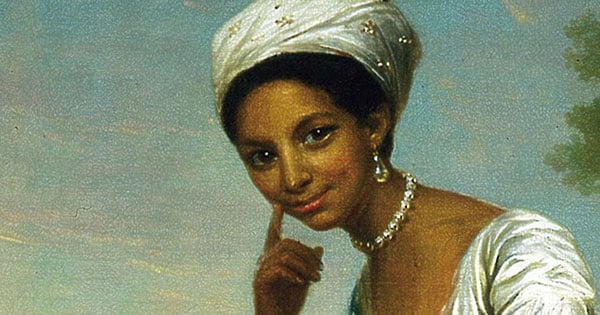

Dido Elizabeth Belle
Dido Elizabeth Belle was a British gentlewoman born into slavery. Her mother, Maria Belle, was an enslaved Black woman in the British West Indies. Her father was Sir John Lindsay, a British career naval officer who was stationed there. He took Dido with him when he returned to England in 1765, entrusting her upbringing to his uncle William Murray, 1st Earl of Mansfield and his wife Elizabeth Murray, Countess of Mansfield.
The Murrays educated Belle, bringing her up as a free gentlewoman at their home, Kenwood House, together with another great-niece, Lady Elizabeth Murray, whose mother had died. Belle lived at Kenwood House for 31 years. Her position was unusual because she had been born into slavery according to colonial law. Lord and Lady Mansfield brought her up as an educated woman.
As she grew older, she often assisted Mansfield by taking dictation of his letters, which showed she had been educated. At the age of 32, Belle married Jean Louis Charles Davinière (anglicized to John Davinier). She died in 1804 at the age of 43, leaving three young sons. The Abolition of Slavery - As Lord Chief Justice of England and Wales, Mansfields most important contribution to the cause of abolition was the case of Somerset v. Stewart in 1772 –which saw him ruling that the law did not recognise the existence of slavery, and that it was therefore illegal. It is estimated that between 14,000 and 15,000 slaves were immediately freed after this ruling. Slavery remained legal in most of the British Empire until the Slavery Abolition Act of 1833. The Slave Trade Act of 1807, abolished the slave trade in the British Empire.